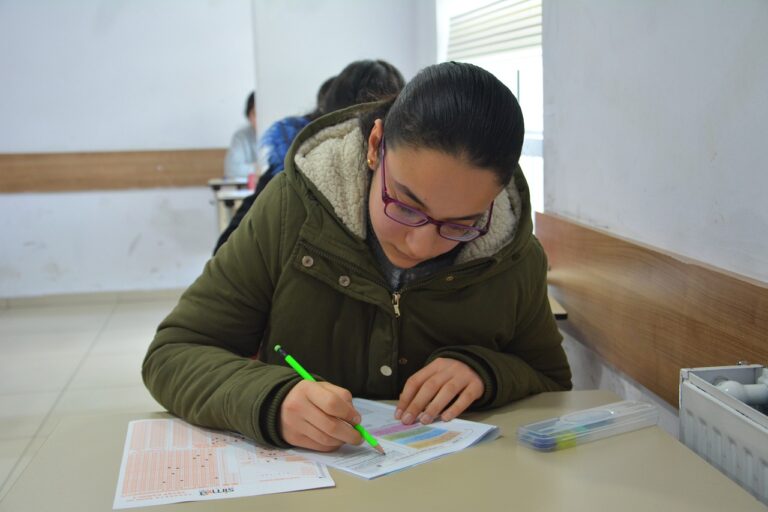Promoting Social and Emotional Learning in Early Childhood Education
Social and emotional development plays a crucial role in early childhood education. It encompasses the abilities to understand and manage emotions, set and achieve positive goals, feel and show empathy for others, establish and maintain positive relationships, and make responsible decisions. These skills are foundational for children to navigate social interactions, regulate their emotions, and build healthy relationships with peers and adults.
When children develop strong social and emotional skills, they are better equipped to communicate effectively, resolve conflicts peacefully, and collaborate with others. These competencies not only contribute to a positive learning environment but also lay the groundwork for future academic and life success. By nurturing social and emotional development in early childhood education, educators help children build resilience, self-confidence, and a sense of cultural competence, setting them up for a lifetime of social and emotional well-being.
Understanding the Benefits of Social and Emotional Learning
Social and emotional learning (SEL) plays a crucial role in the overall development of children during their early years. By focusing on building essential social skills such as communication, empathy, and relationship-building, SEL helps children navigate their emotions and interact effectively with others. Research has shown that children who receive SEL instruction exhibit improved behavior, better academic performance, and enhanced mental well-being.
Furthermore, the benefits of social and emotional learning extend beyond the classroom into various aspects of a child’s life. By equipping children with the necessary tools to manage their emotions and build positive relationships, SEL fosters long-term resilience and promotes healthy decision-making skills. These essential competencies not only contribute to academic success but also prepare children for success in their personal and professional lives.
Implementing Social and Emotional Learning in the Classroom
One effective way to implement social and emotional learning in the classroom is through the use of daily check-ins. Providing students with a safe space to share their thoughts and feelings at the beginning of each day can help cultivate a sense of belonging and emotional awareness. This practice also encourages students to develop empathy and understanding towards their peers’ experiences.
Another strategy is to integrate social and emotional learning into academic lessons. For example, incorporating group activities that promote teamwork and communication skills can enhance students’ social development. Additionally, teaching conflict resolution techniques and encouraging positive communication can help students navigate interpersonal relationships more effectively. By embedding social and emotional learning into various aspects of the curriculum, educators can create a holistic learning environment that supports students’ emotional well-being and academic success.





